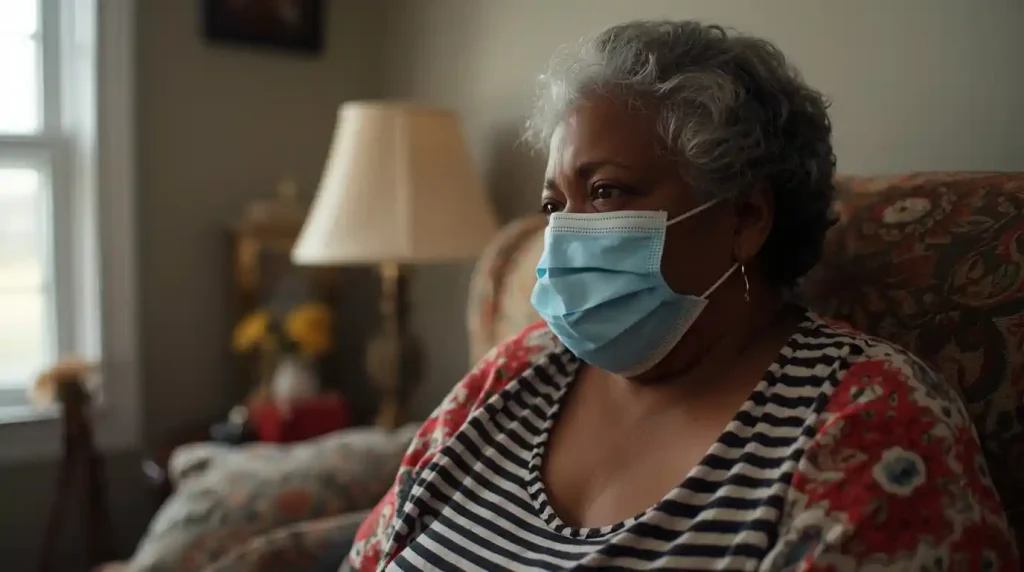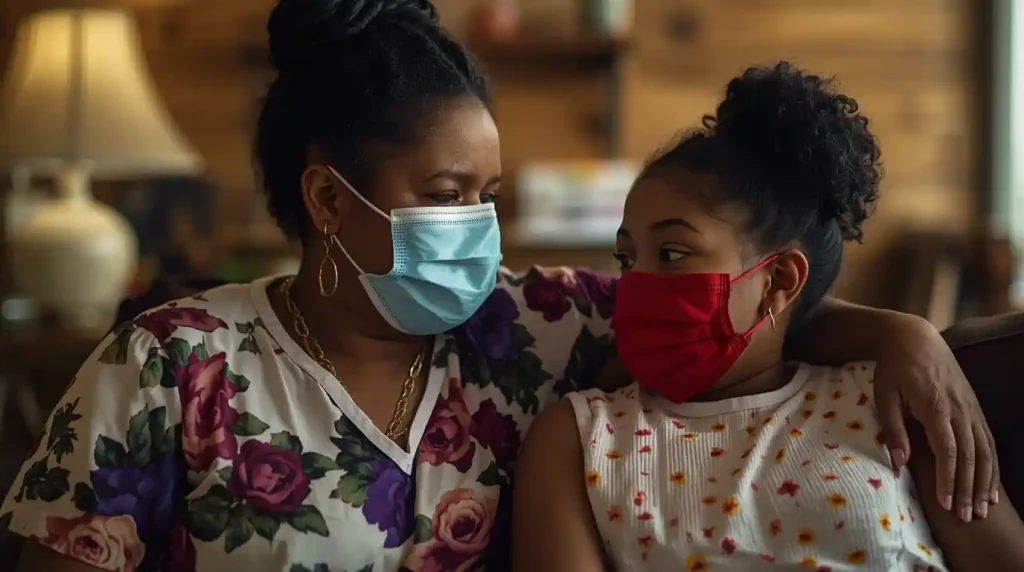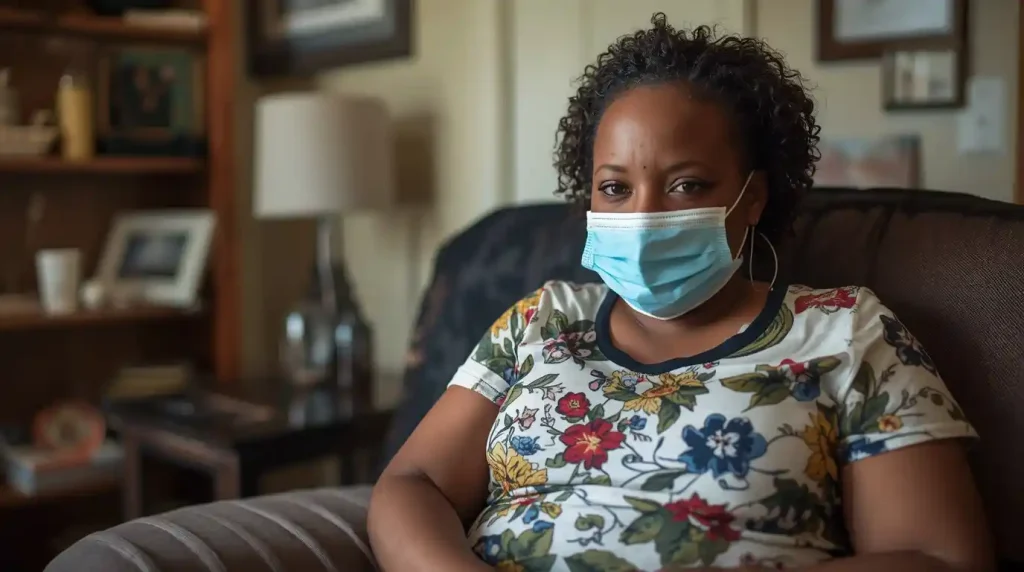*Families across the country are facing an anxious wait as the rollout of the latest Covid-19 vaccines for kids, particularly those from low-income backgrounds, experiences significant delays.*
A new school year has begun, and with it, the familiar concern of seasonal viruses. This year, however, a new layer of anxiety is gripping many families: a frustrating and inequitable delay in accessing the updated Covid-19 vaccines for kids. While many pharmacies and private pediatricians have begun administering the shots, a systemic gap has left millions of children from low-income families unprotected.
The rollout of the latest Covid-19 vaccines for kids has hit a critical roadblock, creating a two-tiered system where a family’s insurance status dictates their child’s access to vital preventative healthcare. Public health officials and state authorities are urging patience, assuring the public that doses are coming, but for parents watching case numbers fluctuate, the wait feels interminable.
1. The Two-Tiered Rollout: A Tale of Two Systems
The central issue plaguing the current rollout of Covid-19 vaccines for kids stems from the transition of the vaccines to the commercial market. During the pandemic, the federal government purchased and distributed all vaccines, ensuring they were free and universally available. Now, the process has fragmented.
For families with private health insurance or coverage through Medicare, the path is relatively straightforward. They can visit their local pharmacy or pediatrician, where the provider bills the insurance company for the vaccine and an administration fee. The system, while not perfect, is functioning.
Conversely, for the nearly 40% of American children who are covered by Medicaid or are uninsured, the pathway is blocked. The federal government’s Bridge Access Program for Covid-19 Vaccines was designed as a safety net for these populations. However, the distribution of these government-procured doses to state and local health departments, federally qualified health centers, and specific participating pharmacies has been slow and mired in bureaucracy. This has created a de facto two-tiered system, where a child’s socioeconomic status directly impacts their timely access to a crucial public health intervention.
2. The Bridge Access Program: A Lifeline with Logistical Hurdles
The Bridge Access Program is the cornerstone of the federal government’s plan to ensure equitable access to Covid-19 vaccines for kids from low-income families. The program provides vaccines at no cost to recipients. However, the implementation has been fraught with challenges that are causing the current delays.
First, there is a significant paperwork and enrollment process for providers who wish to participate. They must enroll with the CDC and agree to specific reporting and documentation requirements. Many smaller clinics, which are often the primary care providers for underserved communities, lack the administrative staff to navigate this process quickly.

Second, even after enrollment, the physical distribution of doses has been slower than the distribution to commercial partners. Doses are shipped through different channels and are subject to different allocation processes. A CVS or Walgreens with a commercial contract may receive its shipment directly from the manufacturer, while a local health clinic waiting on Bridge Access Program doses may be stuck in a state-level queue. This logistical disconnect is a primary reason why the promise of equitable Covid-19 vaccines for kids has not yet been realized.
Internal Resource: A Parent’s Guide to Navigating Vaccine Side Effects in Children
3. The Funding and Distribution Maze
Beyond the logistics of the vaccine itself, a critical funding shortfall is exacerbating the problem. In the past, the federal government not only provided the vaccines but also supplied significant funding to state and local health departments to support the massive effort of vaccination clinics, staffing, and public outreach.
That dedicated funding has largely dried up. State health departments are now expected to manage the rollout of Covid-19 vaccines for kids with strained existing budgets and a depleted public health workforce. Many local health departments have had to scale back their ambitious vaccination plans simply because they lack the resources to hire nurses, rent space, and run promotional campaigns.
This means that even when the Bridge Access Program doses finally arrive at a state warehouse, the state may not have the infrastructure to get them efficiently into the arms of children. The Covid-19 vaccines for kids are available, but the publicly-funded pathway to administer them is crumbling, creating a bottleneck that disproportionately affects the most vulnerable.
4. The Communication Gap: Confusion and Misinformation
The delays have created a vacuum of information, which is quickly being filled with confusion and frustration. Parents who hear that the new boosters are available try to book appointments for their children at local pharmacies, only to be turned away if they are Medicaid recipients.
This creates a perception that the vaccines are not available at all, or that their child is not eligible. The complex messaging—”available for some, but not for others due to insurance status”—is difficult to communicate effectively. This communication gap is a significant barrier. Parents of children eligible for Covid-19 vaccines for kids through the Bridge Access Program may simply give up after a few failed attempts to secure an appointment, assuming the system is broken for them, which, currently, it often is.
Without clear, consistent, and localized communication from trusted sources—like pediatricians and community health centers—this confusion will only deepen, leading to lower vaccination rates and widening health disparities.
5. The Real-World Impact on Families and Communities
The delay in accessing Covid-19 vaccines for kids is not an abstract bureaucratic problem; it has real and immediate consequences for the health of children and their communities.
Low-income families often live in multi-generational households, where a child contracting Covid-19 can pose a serious risk to grandparents or other relatives with compromised immune systems. These families are also more likely to have parents working in service jobs without paid sick leave, meaning a child’s illness can trigger a devastating financial domino effect.
Furthermore, children in underserved communities often have higher rates of underlying health conditions, such as asthma, that can make a Covid-19 infection more severe. Delaying their access to the most updated Covid-19 vaccines for kids intentionally puts a already vulnerable population at even greater risk, perpetuating cycles of health inequity that the public health system is supposed to break.

6. State Health Departments: What They’re Saying
State health officials are acutely aware of the problem and are publicly working to manage expectations and reassure families. The common message from state health departments across the country is one of cautious optimism tempered by logistical reality.
A spokesperson for the California Department of Public Health stated, “We are working tirelessly with our federal partners to distribute the Bridge Access Program doses as quickly as possible. We anticipate a significant increase in availability at local health centers and health department clinics within the next two to three weeks.”
Similar messages have been echoed in states like Texas, Florida, and New York. The consensus is that the Covid-19 vaccines for kids are physically on their way, but the initial rollout to the safety-net system was always planned to lag behind the commercial rollout. The gap, however, is proving larger and more problematic than many anticipated.
External Resource: CDC’s Bridge Access Program Provider Map
7. What Parents Can Do Now: A Practical Guide
While the situation is frustrating, parents are not powerless. There are concrete steps they can take to navigate this delay and secure a vaccine for their child as soon as possible.

- Contact Your Pediatrician or Federally Qualified Health Center (FQHC): Do not assume they don’t have the vaccine. Call directly and ask if they are enrolled in the Bridge Access Program and when they expect to receive doses for children on Medicaid or who are uninsured.
- Check with Your Local Health Department: County and city health departments are often the primary distributors of Bridge Access Program doses. Monitor their websites and social media channels closely for announcements about upcoming vaccination clinics for eligible children.
- Use the Vaccines.gov Finder: The Vaccines.gov website is being updated to include providers participating in the Bridge Access Program. Use the filter to search for providers who offer no-cost vaccines.
- Be Persistent but Patient: Supply chains are updating daily. A clinic that has no doses today might receive a shipment next week. Plan to check in weekly until you secure an appointment.
- Advocate: Share your experience with local and state representatives. The more they hear from constituents about this issue, the more pressure they can apply to streamline the process.
Internal Resource: Strengthening Your Child’s Immune System During Cold and Flu Season
8. Looking Ahead: Fixing a Broken System
The current crisis in delivering Covid-19 vaccines for kids to low-income families is a stark lesson in the perils of transitioning from a fully federally-managed emergency response to a fragmented commercial market. The “one-size-fits-all” rollout has failed to account for the complexities of the American healthcare and insurance system.
To prevent this from happening with future updated boosters or in a future pandemic, public health experts are calling for systemic reforms. These include creating a permanent, streamlined federal program for uninsured and underinsured individuals, pre-enrolling a wider network of providers to act quickly, and allocating dedicated funding for state and local health departments to execute vaccination campaigns.
The goal is clear: a child’s health should not depend on their parents’ insurance card. Ensuring timely, equitable, and no-cost access to Covid-19 vaccines for kids from all backgrounds is not just a public health imperative; it is a moral one. The current delays are a warning sign that the system is not yet fixed, and the most vulnerable children are paying the price
Table of Contents
Reference Website:
https://edition.cnn.com/2025/10/08/health/covid-vaccines-for-children-delay
Our Related News Website:
Sports: Sport Flash
World News: The News Grid
Environment News: Eco Alert
Business News: Biz Trend Now
Dailt News: Unbiased Daily
Realm News: Real Time Realm
Retrun to our Homepage